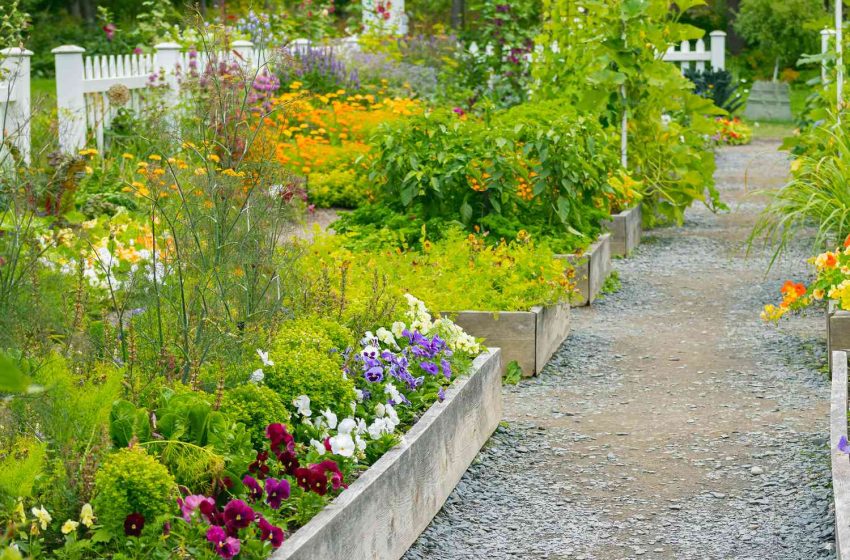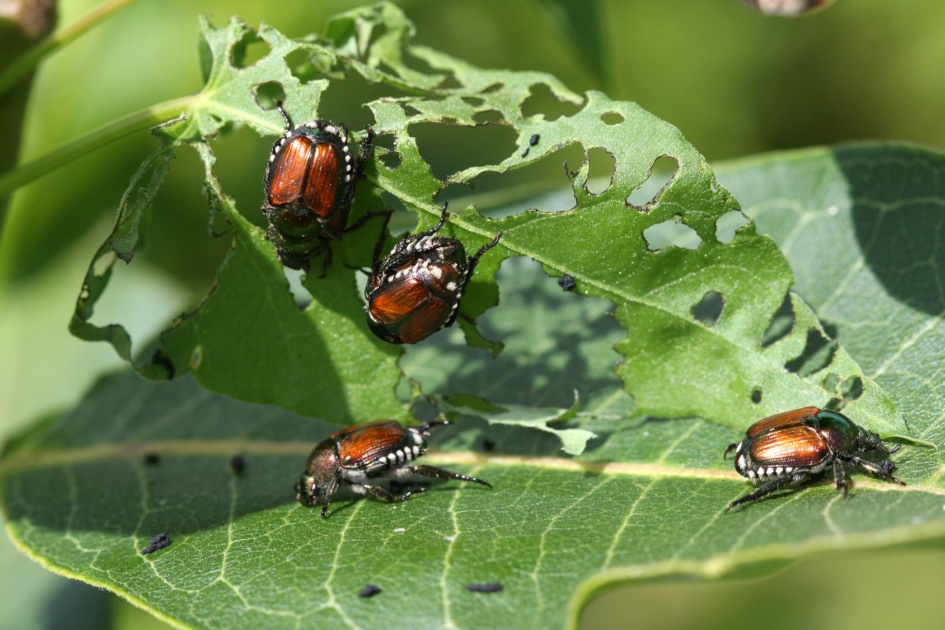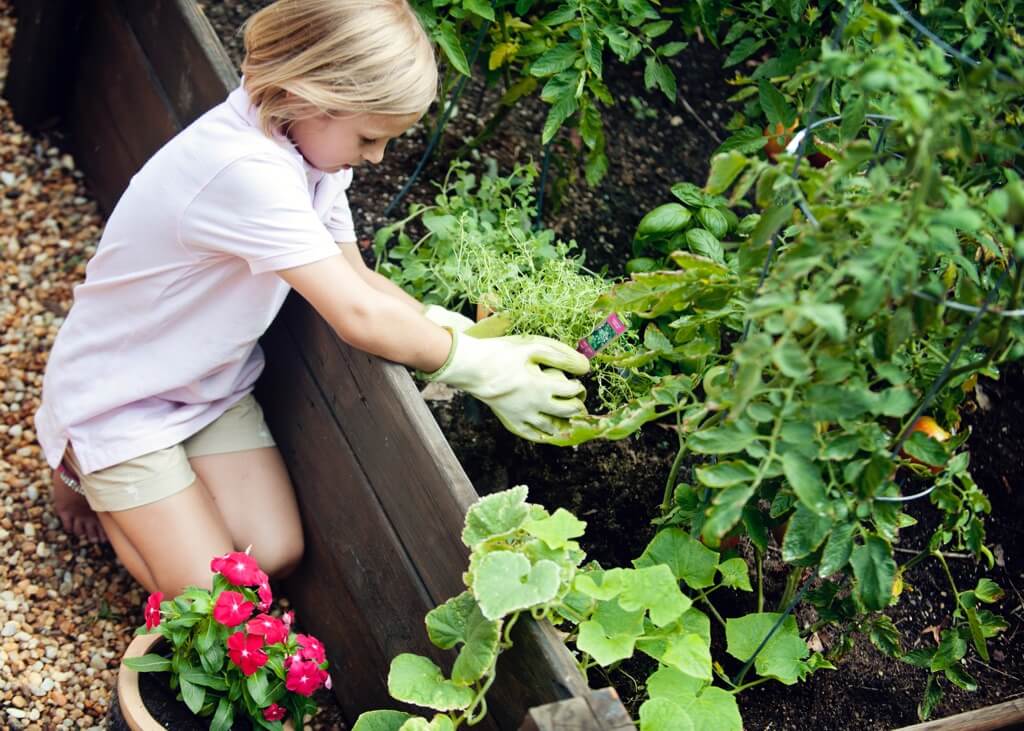How Do You Start a Garden from Scratch?

Starting a garden from scratch can be a fulfilling and enriching experience. Whether you’re a seasoned gardener or a complete novice, understanding the steps involved in setting up a garden from the ground up will ensure a successful start. For those seeking the Best Gardening For Beginners, this comprehensive guide will walk you through the process of establishing a garden, from planning and soil preparation to planting and maintenance.
1. Planning Your Garden
1.1 Determine Your Garden’s Purpose
Before you start, decide what you want from your garden. Are you interested in growing vegetables, herbs, flowers, or a combination of these? Your garden’s purpose will influence your choice of plants, layout, and maintenance requirements.
1.2 Choose the Right Location
Selecting the right location is crucial for a thriving garden. Consider the following factors:
- Sunlight: Most plants require at least 6-8 hours of sunlight daily. Observe your garden space to identify sunny and shady spots.
- Soil Quality: Good soil is essential for plant health. Avoid areas with poor drainage or compacted soil.
- Accessibility: Ensure your garden is easily accessible for watering, maintenance, and harvesting.
1.3 Plan Your Garden Layout
Design your garden layout based on the space available and the plants you want to grow. Decide on garden bed sizes, spacing between plants, and pathways. Create a sketch or use garden planning software to visualize your design.
2. Preparing the Soil
2.1 Test Your Soil
Conduct a soil test to determine pH levels and nutrient content. Soil testing kits are available at garden centers or online. This will help you understand any necessary amendments to improve soil fertility.
2.2 Improve Soil Quality
Based on the soil test results, amend your soil as needed:
- Add Organic Matter: Incorporate compost, aged manure, or leaf litter to improve soil structure and nutrient content.
- Adjust pH Levels: Use lime to raise soil pH or sulfur to lower it, depending on your soil’s needs.
- Improve Drainage: If your soil is heavy and clay-like, mix in sand or organic matter to enhance drainage.
2.3 Prepare the Garden Beds
Clear the garden area of weeds, grass, and debris. Loosen the soil using a garden fork or tiller. Create raised beds or use existing soil, depending on your preference and soil quality.
3. Choosing Plants
3.1 Select Plants Suitable for Your Climate
Choose plants that are well-suited to your climate and soil conditions. Consult local gardening guides or extension services for recommendations on plant varieties that thrive in your region.
3.2 Consider Plant Growth and Maintenance
Think about the growth habits of plants and their maintenance requirements. Choose a mix of annuals and perennials, or low-maintenance plants if you prefer less frequent upkeep.
4. Planting Your Garden
4.1 Timing
Plant your garden according to the seasons and the specific needs of your chosen plants. Refer to planting calendars for your region to determine the best planting times.
4.2 Planting Techniques
- Direct Sowing: For seeds that can be sown directly into the soil, follow the recommended depth and spacing guidelines.
- Transplanting: For seedlings or young plants, dig a hole slightly larger than the root ball, place the plant in the hole, and backfill with soil.
4.3 Watering
Water your plants thoroughly after planting. Ensure the soil is consistently moist but not waterlogged. Adjust watering frequency based on weather conditions and plant needs.
5. Maintaining Your Garden
5.1 Mulching
Apply a layer of mulch around your plants to conserve moisture, suppress weeds, and regulate soil temperature. Organic mulches like straw, wood chips, or shredded leaves are excellent choices.
5.2 Fertilizing
Fertilize your garden according to the needs of your plants. Use organic or balanced fertilizers to provide essential nutrients. Follow application instructions to avoid over-fertilization.
5.3 Weeding and Pest Control
Regularly check your garden for weeds and pests. Remove weeds by hand or with a hoe, and use natural or chemical pest control methods as needed. Keep an eye out for signs of plant diseases and take action promptly.
5.4 Pruning and Harvesting
Prune plants to encourage healthy growth and remove dead or diseased parts. Harvest fruits, vegetables, and herbs when they reach maturity to ensure optimal flavor and quality.
6. Troubleshooting Common Issues
6.1 Soil Problems
If your soil is too sandy or clayey, consider adding more organic matter or using raised beds. Address any drainage issues by amending the soil or installing proper drainage systems.
6.2 Plant Diseases
Monitor plants for signs of disease, such as yellowing leaves or stunted growth. Use appropriate treatments or disease-resistant varieties to manage plant health.
6.3 Pests
Common garden pests include aphids, slugs, and caterpillars. Implement pest control measures such as hand-picking, natural predators, or organic insecticides.
7. Reflecting and Planning for the Future
At the end of each growing season, evaluate your garden’s success and identify areas for improvement. Reflect on what worked well and what could be adjusted. Use this information to plan and enhance your garden for the next season.
Conclusion
Starting a garden from scratch requires careful planning, preparation, and ongoing maintenance. By following these steps, you can establish a thriving garden that provides beauty, produce, and personal satisfaction. With the right approach and a bit of patience, you’ll be well on your way to enjoying the rewards of your hard work.



